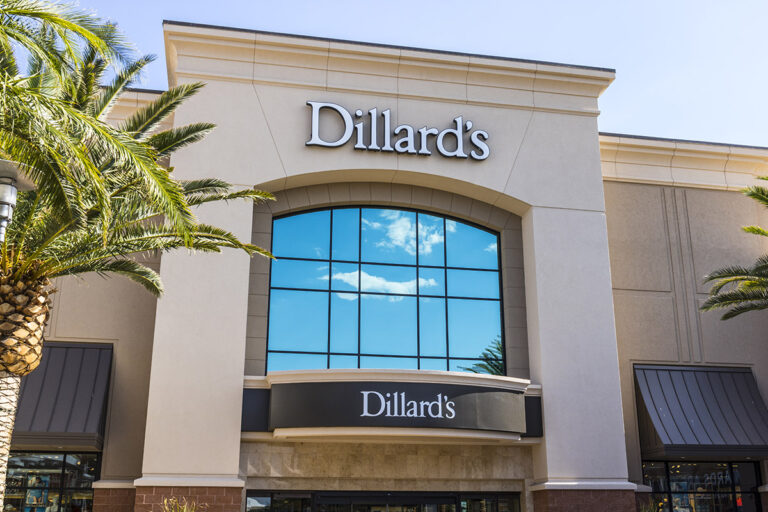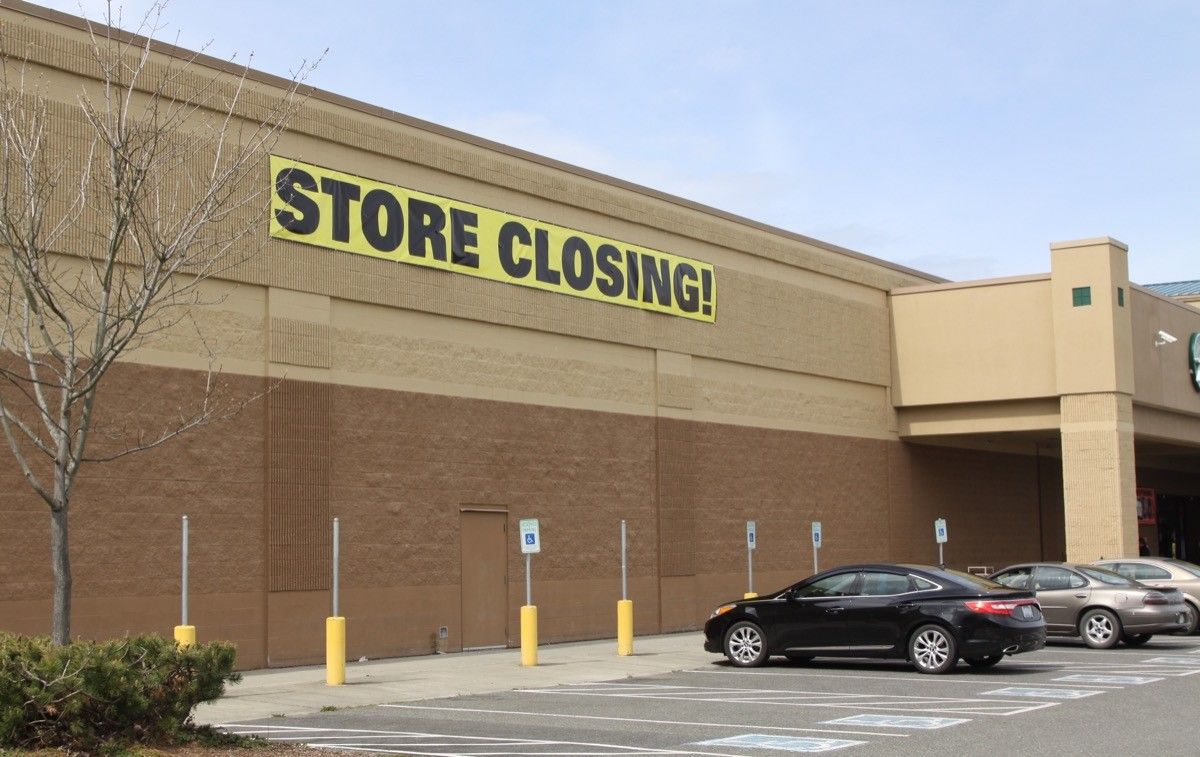As one of America's most iconic department store chains, Dillard's has been a staple in the retail industry for decades. However, recent announcements regarding Dillard's closing list have sent ripples through the shopping community. Many consumers are now wondering which locations are affected and what this means for the future of retail. In this article, we will explore the reasons behind these closures, the impact on shoppers, and provide a comprehensive list of stores that are part of Dillard's closing plan.
Dillard's has long been synonymous with quality and style, offering a wide range of products from clothing to home goods. Despite its storied history, the retail giant is not immune to the challenges faced by the industry, including changing consumer preferences and the rise of e-commerce. Understanding the reasons behind these closures is essential for anyone who relies on Dillard's for their shopping needs.
This article aims to provide clarity and insight into Dillard's closing list, ensuring that shoppers are well-informed and prepared for the changes ahead. Whether you're a loyal customer or simply curious about the future of retail, this guide will offer valuable information and actionable advice.
Read also:Nicole Scherzinger And P Diddy A Journey Through Music And Relationships
Table of Contents:
- Biography of Dillard's
- Reasons Behind Dillard's Closures
- Dillard's Closing List
- Impact on Shoppers
- Dillard's Future Plans
- Competitor Analysis
- Advice for Consumers
- Economic Effects of Store Closures
- Historical Perspective on Retail Closures
- Conclusion and Next Steps
Biography of Dillard's
Founded in 1938 by William T. Dillard, Dillard's has grown into one of the largest department store chains in the United States. The company started as a single store in Little Rock, Arkansas, and expanded rapidly over the years. Below is a brief overview of Dillard's history:
Key Milestones
- 1938: William T. Dillard opens the first store in Little Rock, Arkansas.
- 1963: The company goes public, allowing for further expansion.
- 2005: Dillard's acquires 23 stores from the bankrupt chain, McRae's.
- 2023: Dillard's announces plans to close several underperforming locations.
Dillard's Biodata
| Founded | 1938 |
|---|---|
| Founder | William T. Dillard |
| Headquarters | Little Rock, Arkansas |
| Number of Stores | Approximately 270 (as of 2023) |
| Annual Revenue | $6.2 billion (2022) |
Reasons Behind Dillard's Closures
The decision to close certain locations is not taken lightly. Several factors contribute to Dillard's closing list, including:
1. Changing Consumer Trends
With the rise of online shopping, foot traffic in physical stores has decreased significantly. Many consumers now prefer the convenience of shopping from home, leading to a decline in sales for traditional brick-and-mortar stores.
2. Economic Challenges
The economic climate plays a crucial role in retail success. Rising costs, including rent and labor, have put pressure on retailers to optimize their operations. Closing underperforming stores is often a necessary step to maintain profitability.
3. Strategic Decisions
Dillard's is focusing on optimizing its store portfolio by concentrating on high-performing locations. This strategic move aims to enhance the overall shopping experience and improve financial performance.
Read also:Oval Face Hairstyles Long The Ultimate Guide To Finding Your Perfect Style
Dillard's Closing List
The following is a comprehensive list of stores included in Dillard's closing plan:
Regional Breakdown
- South: 15 stores
- Midwest: 10 stores
- West: 8 stores
- East: 7 stores
For a detailed list of specific locations, please refer to the official Dillard's website or local news outlets for the most up-to-date information.
Impact on Shoppers
The closure of Dillard's stores will undoubtedly affect shoppers in various ways. Here are some key impacts:
1. Limited Access to Products
Shoppers in affected areas may find it more challenging to access Dillard's products in person. However, the company's robust online platform offers a convenient alternative for many customers.
2. Job Losses
Store closures often result in job losses for employees. Dillard's is working to minimize the impact by offering relocation opportunities and severance packages where possible.
3. Community Effects
Local communities may experience a decrease in foot traffic and economic activity due to the closure of Dillard's stores. This could have broader implications for other businesses in the area.
Dillard's Future Plans
Despite the challenges, Dillard's remains committed to its long-term success. The company is investing in digital transformation and enhancing its online presence to better serve its customers. Additionally, Dillard's is exploring new business models, such as pop-up shops and experiential retail, to engage with consumers in innovative ways.
Competitor Analysis
In the highly competitive retail landscape, understanding the competition is vital. Dillard's faces stiff competition from other department store chains, such as Macy's and Nordstrom, as well as online retailers like Amazon. By analyzing competitor strategies, Dillard's can identify opportunities for growth and differentiation.
Advice for Consumers
For shoppers affected by Dillard's closing list, here are some tips to make the transition smoother:
- Take advantage of store closing sales to purchase desired items at discounted prices.
- Explore Dillard's online platform for continued access to products.
- Consider alternative retailers that offer similar products and services.
Economic Effects of Store Closures
The economic impact of store closures extends beyond individual shoppers. Local economies may experience a ripple effect, affecting everything from real estate values to small businesses. Understanding these effects is crucial for communities to adapt and thrive in the face of change.
Historical Perspective on Retail Closures
Retail store closures are not a new phenomenon. Throughout history, businesses have faced challenges and made difficult decisions to ensure long-term viability. By examining past closures, we can gain valuable insights into the strategies that lead to success or failure.
Conclusion and Next Steps
Dillard's closing list is a reflection of the evolving retail landscape. While the closures may be challenging for some, they represent an opportunity for the company to focus on its strengths and adapt to changing consumer preferences. As a shopper, staying informed and proactive is key to navigating these changes successfully.
We encourage you to share your thoughts and experiences in the comments section below. Additionally, feel free to explore other articles on our site for more insights into the world of retail and beyond. Together, we can stay ahead of the curve and make informed decisions about our shopping habits.
For further reading, consider checking out the following sources:
- Statista for retail statistics and trends.
- Dillard's Official Website for the latest updates and announcements.


